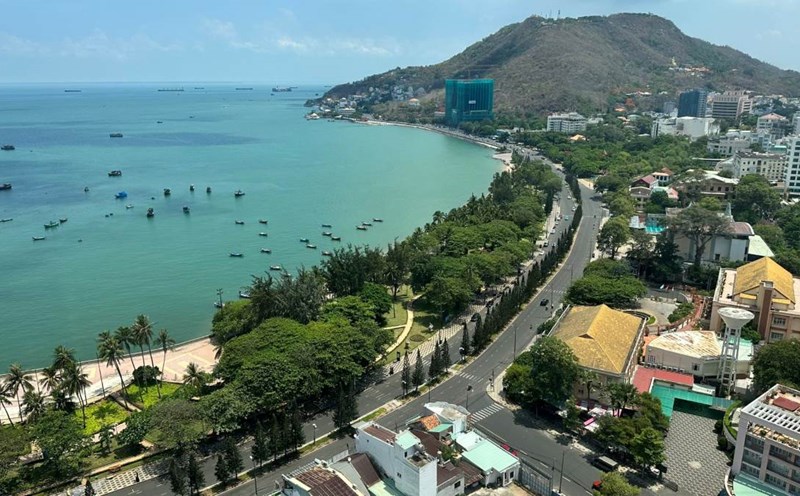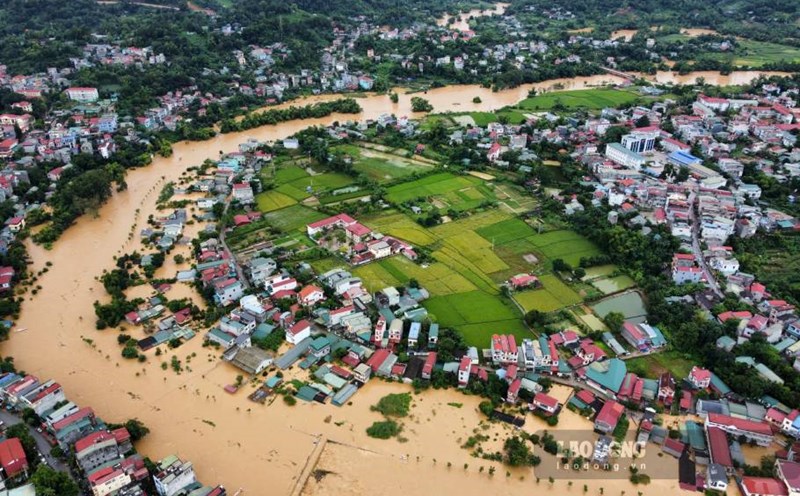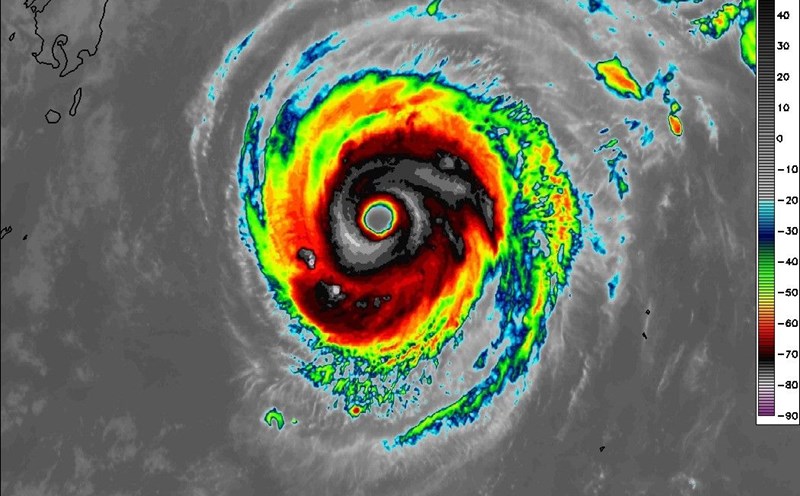Can Gio is located in the southeast of Ho Chi Minh City, a land between the intersection of urban areas, seaports and industrial corridors. In that position, Can Gio is not only the "gateway to the sea" of Ho Chi Minh City, but also plays a pivotal role in connecting the urban - industrial - tourism development chain of the whole region. In particular, large-scale infrastructure projects are considered the key to unlocking potential and creating momentum for "taking off" in this area.
Breaking the monopoly, opening up development space
While many central areas of Ho Chi Minh City are facing limitations in land fund and infrastructure, the need to expand development space becomes urgent. Promoting strategic transportation projects such as Can Gio Bridge, Rung Sac - Ben Luc - Long Thanh Expressway intersection or metro connecting Can Gio with the center of Ho Chi Minh City is considered an urgent step to pave the way for a breakthrough in satellite cities.
According to Dr. Huynh Thanh Dien, an economist (Nguyen Tat Thanh University), with synchronous investment in connecting infrastructure, the gap between Can Gio - Vung Tau - the center of Ho Chi Minh City will be significantly shortened. People and tourists from Vung Tau can comfortably travel to Can Gio for entertainment, shopping, creating a vibrant coastal inter-regional tourism route. This opens up the prospect of making Can Gio an attractive destination in the city's coastal economic - tourism space.
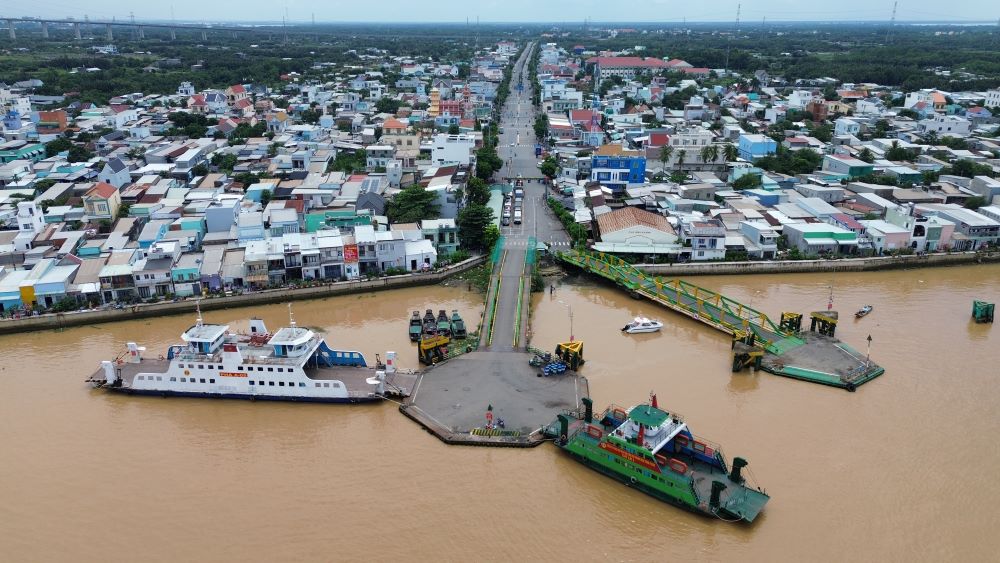
On the contrary, Ho Chi Minh City residents also have new living and working space options, both near the sea and conveniently connected to major industrial parks in the region. In the future, from the center of Ho Chi Minh City to Vung Tau, people will choose the route through Can Gio and from the West coast to Ho Chi Minh City and Vung Tau also passes through Can Gio, instead of taking the current routes.

People can live in Can Gio and work in the center of Ho Chi Minh City or neighboring industrial parks. When the traffic infrastructure shortens the distance, this shift is completely feasible, Dr. Huynh Thanh Dien analyzed.
Infrastructure linkage creates growth momentum for the city
Sharing the same view, Dr. Tran Du Lich, member of the Prime Minister's Advisory Group, also said that Can Gio has a strategic sea front, but for many years it has been considered an independent "oasis" when traveling mainly relies on Rung Sac road and Binh Khanh ferry terminal or roundabout. However, Mr. Tran Du Lich acknowledged that picture is changing when a series of key infrastructure projects are being researched and implemented, opening a new turning point in development for Can Gio.
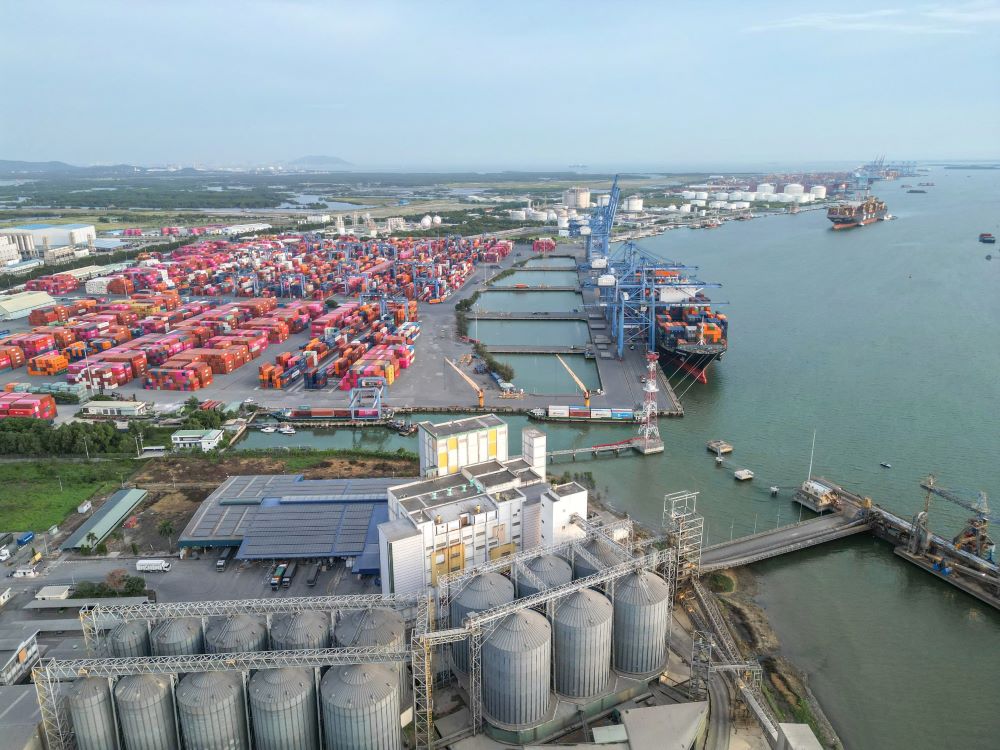
Along with the Can Gio coastal super urban area under construction, a series of other key projects such as Can Gio Bridge, the Rung Sac - Ben Luc - Long Thanh expressway intersection are being strongly promoted.
In particular, Can Gio Bridge will be the replacement for Binh Khanh ferry terminal, connecting Can Gio with the center of Ho Chi Minh City via road.When completed, this bridge will not only solve the problem of travel, but also be a " Traffic bloodline" that helps Can Gio break the monopoly and lost land of the past.
At the same time, Ho Chi Minh City has assigned Vingroup to study investment in a 350 km/h metro line connecting Can Gio.This route is expected to be completed in 2.5 years of construction, shortening people's travel time to 12 minutes from the center.
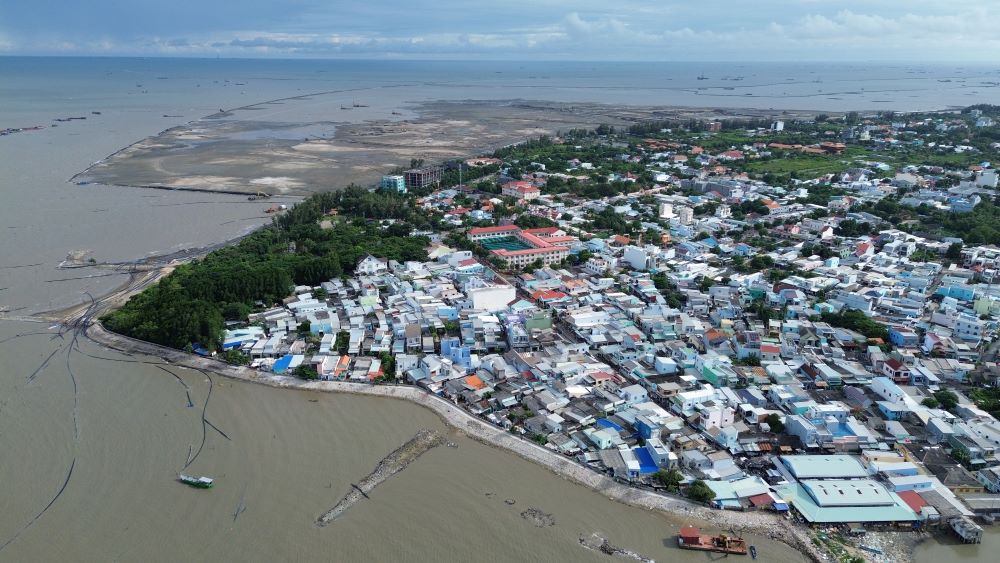
And most recently, Vingroup proposed to study investment in the Can Gio sea route connecting Ba Ria - Vung Tau before. In addition to the goal of creating convenience for travel, this route also plays a role in connecting the sea corridor, creating a driving force for economic breakthroughs.
Dr. Tran Du Lich also acknowledged that when the Ho Chi Minh City - Binh Duong - Vung Tau area was previously connected with complete infrastructure, the economic efficiency brought about was not only the addition of three localities, but the combined strength multiplied many times. That is the driving force to help Can Gio break through, becoming a new development pole of the Southeast region in the future, Dr. Lich added.



